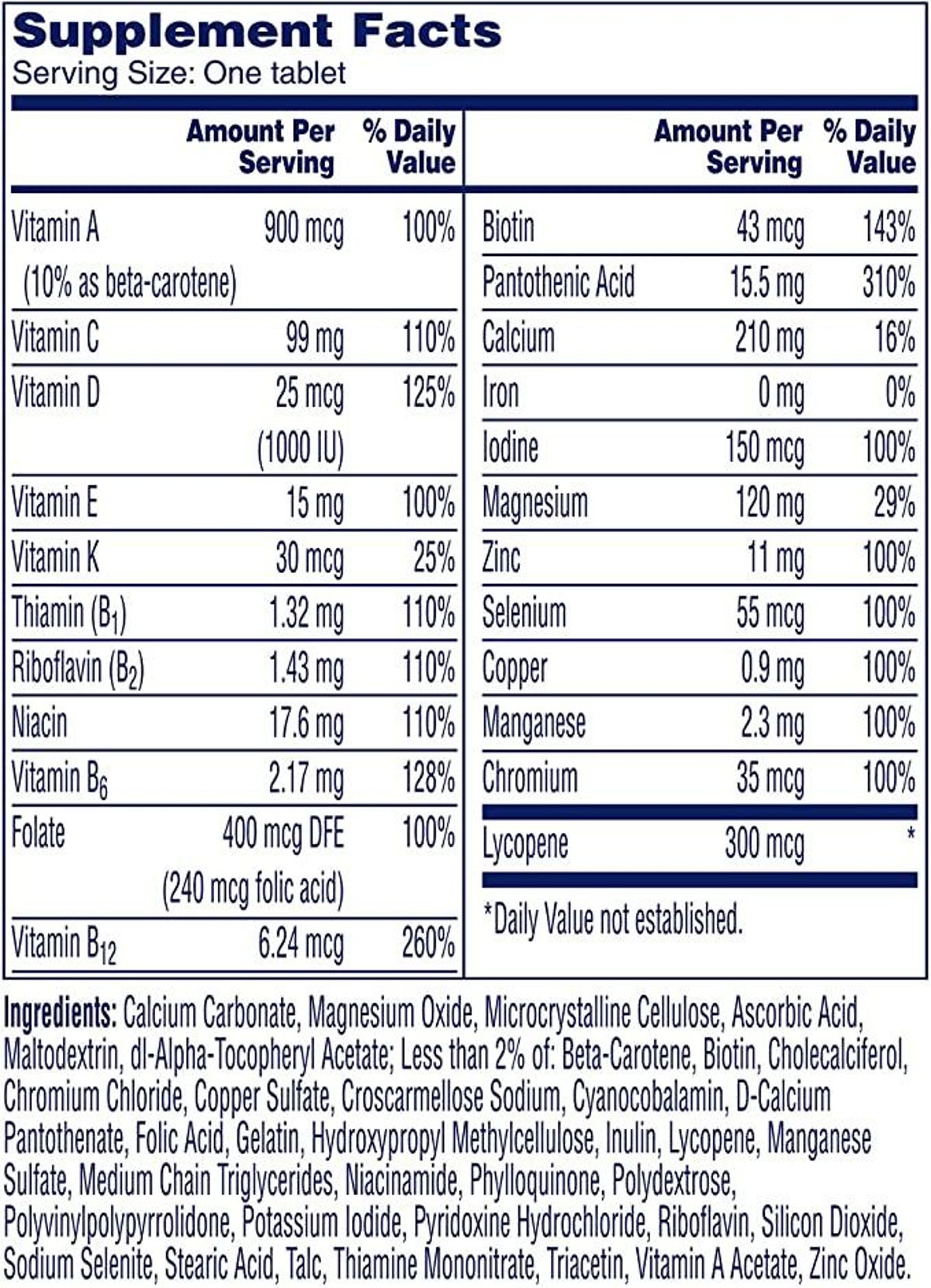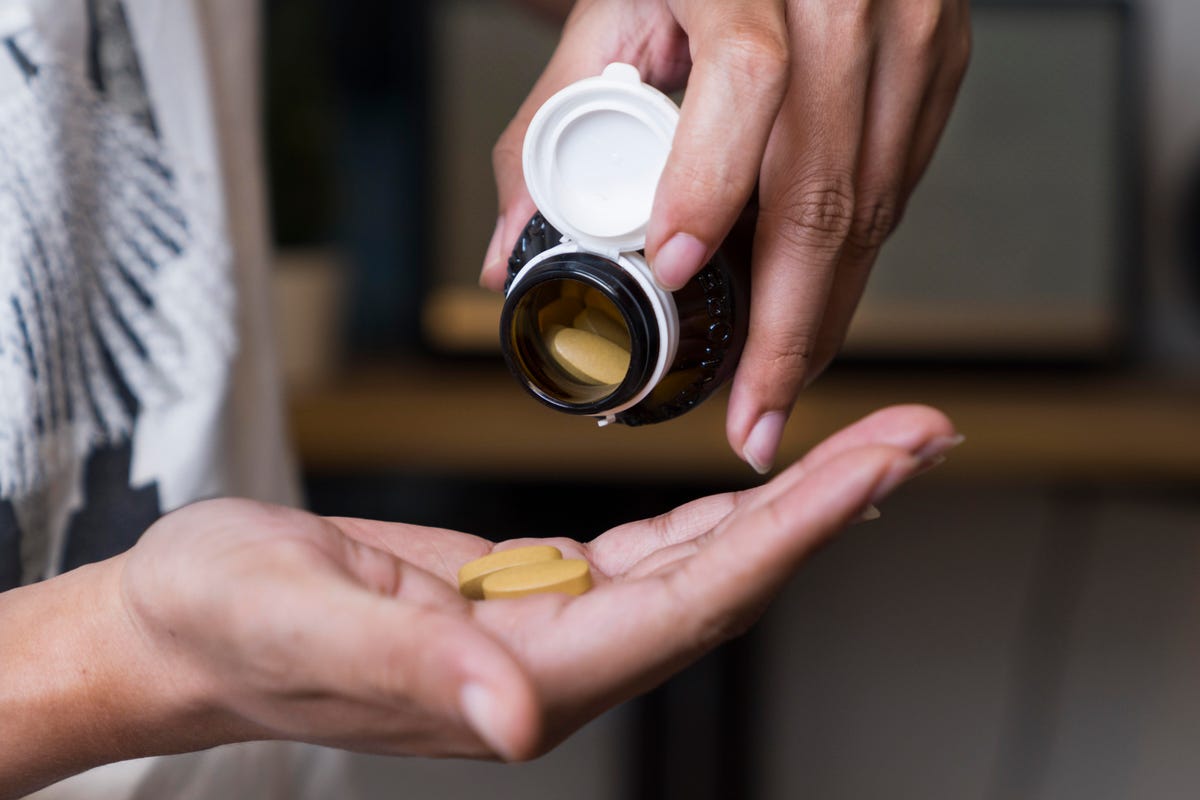A nutritious diet that helps fuel your body for optimal health and wellness is often the best way to get the vitamins and nutrients you need. But even with the best diets, supplements can sometimes be necessary to fill vitamin, mineral and other nutrient gaps.
Dietary supplements are not regulated by the Food and Drug Administration and are, therefore, plentiful in the market. Pharmacy and grocery store shelves are lined with a buffet of supplement choices — so many, in fact, that it can be overwhelming to determine which to choose and why. The best way to quickly narrow down the selections is to learn how to read supplement labels and compare the labels with your needs. And in addition to helping to make your selection process much more efficient, learning to read supplement labels can help reduce the risks of taking a supplement you don’t need or shouldn’t have.
This article breaks down the need-to-knows for navigating dietary supplement labels.
How to read dietary supplement labels
You will find the supplement facts label on the bottle or box of the supplement. Below, we’ve covered each area of a dietary supplement label so you’ll know what to look for when assessing your options.
To illustrate, we looked at one of the best multivitamins for men, One a Day Men’s Multivitamin.


Suggested use and serving size
The suggested serving size is typically located at the top of a supplement label. For example, if you are reviewing multivitamins that come in tablet form, you may see “Serving Size 1 Tablet.” The serving size is located at the top of the label because all supplement facts listed afterward are based on that specific multivitamin serving size.
Suggested use is also found in this same area or close by and advises how and how often to take the supplement. For example, “Take one tablet twice daily with food.”
Supplement facts panel
The supplement facts panel is usually located immediately below the serving size. This is where you’ll find a breakdown of important details like the number of calories and macro and micronutrients (when applicable) per serving, like fat (including types of fat), protein, carbohydrates, cholesterol and vitamins.
A glance at the supplement facts panel shows you exactly what vitamins and nutrients make up this men’s multivitamin and how much it contains of each. For example, if your physician has recommended a multivitamin containing potassium, you’ll quickly see this particular vitamin does not contain potassium and may not be the right choice for you.
Percent of daily value
Also located on the supplement facts panel, you’ll find the percent of daily value. This number represents the percentage of how much a nutrient in a single serving of the given dietary supplement contributes to your daily diet, according to the FDA. However, the daily recommendations are based on a caloric intake of 2,000 for adults, so yours may vary depending on your caloric intake, age and whether or not you’re pregnant or nursing.
Using the same men’s multivitamin as an example, you can see that the supplement contributes 100% of daily vitamin A needs for a man who eats 2,000 calories daily.
Ingredients
The ingredients are usually listed below the supplement facts panel. They include the ingredients used to make up the vitamins and nutrients, but also anything else used to make the supplement.
In our men’s multivitamin example, you’ll see calcium carbonate listed as the first ingredient. So, if you had a question regarding what type of calcium makes up the 210mg listed in the supplement facts, this section gives you that answer — calcium carbonate.
Expiration date
The FDA does not require expiration dates on supplements but does require that if one is listed, it be supported by specific data. However, they have not yet defined what data is required, and as a result, many supplement labels will not include an expiration date.
If you do see an expiration date on a supplement label, this is the date through which the manufacturer warrants the rest of the label to be accurate. In other words, there is no guarantee of the effectiveness of the supplement after expiration.
Cautions and warnings
Do you have any food allergies? Or maybe you’re taking other medications that could interfere with this supplement. The supplement label cautions and warnings are where you’d look to find this information. You’d also look at this section to discover any known adverse reactions and how to handle those if they occur. For example, many supplements advise you to consult a physician if you’re pregnant or nursing or taking other medications that may not work well with the supplement.
Things to consider when reading supplement labels


We’ve covered all the main sections of a supplement label and how to read them, but there may be additional details that are important to you. Let’s break those down, too.
Pill size
If you have no issues swallowing pills, this might not be of interest. But, if you’re someone who struggles taking pills, this section is a great way to avoid wasting your money or having to cut pills. Somewhere on the supplement label, there is usually an actual size representation of the supplement. This allows you to see the size of the pill you’ll be swallowing before you buy it.
Verifications
The FDA may not regulate dietary supplements, but it is still important to look for verifications on your choice of supplements. These help to ensure the products you’re taking have been tested and checked for things like purity, potency, stability and disintegration. Some of the verifications to look for include:
Storage conditions
Storage conditions for supplements may not be top on your list of concerns, but the wrong storage conditions can quickly degrade the quality and effectiveness of your supplements. Let’s say you have a cabinet in a non-climate-controlled space (like, say, most garages) where you store your supplements. Most supplements will be negatively affected by humid or hot conditions.
On the supplement container, you will find a section advising consumers on how and in what conditions to store the supplement.
The information contained in this article is for educational and informational purposes only and is not intended as health or medical advice. Always consult a physician or other qualified health provider regarding any questions you may have about a medical condition or health objectives.

